Zongzi, a traditional Chinese rice dumpling wrapped in bamboo leaves, holds a cherished place in culinary culture, particularly during the Dragon Boat Festival. These triangular or pyramidal treats, filled with ingredients like glutinous rice, red bean paste, pork, or salted egg yolk, are labor-intensive to prepare and often made in large batches. Given their perishable nature, questions about storage arise frequently, especially regarding frozen zongzi: Should they be refrigerated, or is the freezer the better option? This article delves into the science of food preservation, the nuances of refrigeration versus freezing, and practical guidelines to ensure your zongzi remain safe and delicious.
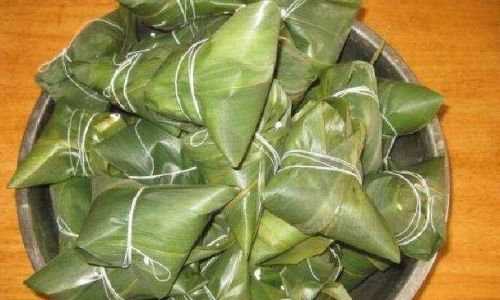
Understanding Zongzi: A Brief Culinary Overview
Before addressing storage methods, it’s essential to grasp why zongzi requires careful handling. Glutinous rice, the primary ingredient, has a high starch content that becomes sticky when cooked. This texture, while desirable, also makes the rice prone to spoilage if stored improperly. Additionally, fillings like meat or eggs introduce proteins and fats that accelerate bacterial growth if exposed to temperatures above 40°F (4°C).
Traditionally, zongzi were consumed shortly after preparation, but modern lifestyles demand longer shelf lives. Freezing emerged as a solution, yet misconceptions persist about whether refrigeration suffices. To clarify, we must explore the roles of refrigerators and freezers in food preservation.
The Science of Refrigeration vs. Freezing
Refrigerators maintain temperatures between 33°F and 40°F (1°C to 4°C), slowing bacterial growth without halting it entirely. This “cold chain” extends food safety for a limited period but does not sterilize. Freezers, by contrast, operate at 0°F (-18°C) or lower, immobilizing water molecules and rendering microbes inactive. While freezing does not kill bacteria, it prevents their proliferation, making it ideal for long-term storage.
For zongzi, the choice between refrigeration and freezing hinges on consumption timelines. If you plan to eat them within 3–5 days, refrigeration is acceptable. However, freezing is recommended for longer durations, as refrigerated zongzi risk spoilage due to residual microbial activity.
Debunking Myths: Can Frozen Zongzi Be Stored in the Refrigerator?
A common misconception is that refrigerating frozen zongzi is safer than refreezing. This belief stems from concerns about texture degradation from repeated freezing. While it’s true that refreezing can alter texture (causing sogginess or ice crystal formation), storing frozen zongzi in the refrigerator is not advisable. Here’s why:
- Temperature Fluctuations: Refrigerators experience frequent door openings, causing temperature spikes that accelerate bacterial growth.
- Partial Thawing: Frozen zongzi in the fridge may partially thaw, creating a moist environment conducive to spoilage.
- Limited Shelf Life: Even at 40°F, zongzi will degrade within a week, whereas freezing preserves quality for months.
Optimal Freezing Techniques for Zongzi
To maximize shelf life and retain flavor, follow these steps:
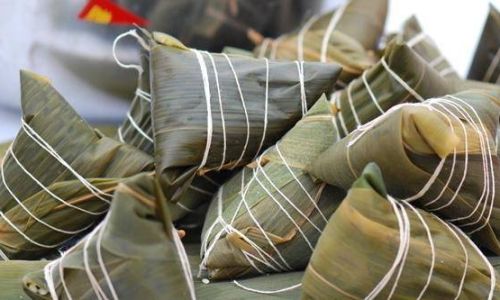
- Cool Completely: Allow freshly cooked zongzi to cool to room temperature before freezing. Placing hot food in the freezer raises internal temperatures, risking partial thawing of neighboring items.
- Wrap Tightly: Use airtight packaging—vacuum-sealed bags, freezer-safe containers, or double-layered plastic wrap. This prevents freezer burn and odor absorption.
- Label and Date: Mark packages with the freezing date. Frozen zongzi maintain quality for 3–6 months, though they remain safe indefinitely if kept below 0°F.
- Avoid Overcrowding: Ensure adequate airflow around packages for even freezing.
Thawing and Reheating: Dos and Don’ts
Proper thawing is as critical as freezing. Avoid leaving zongzi at room temperature, as this invites bacterial growth. Instead:
- Refrigerator Thawing: Transfer frozen zongzi to the fridge 12–24 hours before reheating. This gradual thawing preserves texture.
- Cold Water Bath: Submerge sealed packages in cold water, changing the water every 30 minutes until thawed.
- Microwave Defrosting: Use the “defrost” setting in short intervals, flipping zongzi to ensure even heating.
Reheating Methods:
- Steaming: The traditional method, which restores moisture and softness. Steam for 15–20 minutes.
- Boiling: Simmer in water for 10–15 minutes.
- Microwave: Wrap in a damp paper towel and heat on medium power in 1-minute intervals.
Avoid refreezing thawed zongzi, as repeated freezing damages cell structures, leading to mushiness.
Signs of Spoilage: When to Discard Zongzi
Even with proper storage, zongzi can spoil. Watch for:
- Off Odors: Sour, rancid, or ammonia-like smells indicate bacterial activity.
- Mold: Fuzzy growth on leaves or rice.
- Texture Changes: Excessive sogginess, dryness, or disintegration.
- Unusual Discoloration: Grayish hues or dark spots.
Trust your senses—if in doubt, discard the zongzi.
Health Risks of Improper Storage
Consuming spoiled zongzi can lead to foodborne illnesses like Bacillus cereus or Staphylococcus aureus poisoning. Symptoms include nausea, vomiting, diarrhea, and abdominal cramps. Vulnerable populations (children, elderly, pregnant individuals) face higher risks. Proper freezing and reheating mitigate these dangers by destroying pathogens.

Commercial vs. Homemade Zongzi: Storage Differences
Commercially frozen zongzi often contain preservatives like sodium benzoate or citric acid, extending shelf life. Homemade versions lack these additives, necessitating stricter adherence to freezing guidelines. Always check packaging for manufacturer instructions, as some products may recommend refrigeration for short-term use.
Cultural Practices and Modern Adaptations
Traditionally, zongzi were gifted or consumed immediately, but urbanization and globalization demand preservation solutions. Freezing aligns with modern needs, though purists argue it alters texture. To compromise, some households freeze uncooked zongzi, steaming them fresh—a method that preserves authenticity while enabling batch preparation.
Environmental Considerations: Energy Use and Sustainability
Freezers consume significant energy, raising ecological concerns. To minimize impact:
- Batch Preparation: Cook zongzi in large quantities to reduce freezing cycles.
- Efficient Packaging: Use space-saving containers to optimize freezer capacity.
- Consume Promptly: Adhere to recommended freezer durations to avoid waste.
Conclusion: Balancing Tradition and Practicality
The question of refrigerating frozen zongzi hinges on context. For immediate consumption (3–5 days), refrigeration is acceptable but risky. Freezing remains the gold standard for longevity, provided proper techniques are followed. By understanding the science of food preservation, respecting cultural practices, and prioritizing safety, you can enjoy zongzi year-round without compromise.
In an era where tradition meets convenience, mastering storage techniques ensures that this ancient delicacy remains a bridge between generations—and a testament to the harmony of heritage and innovation.

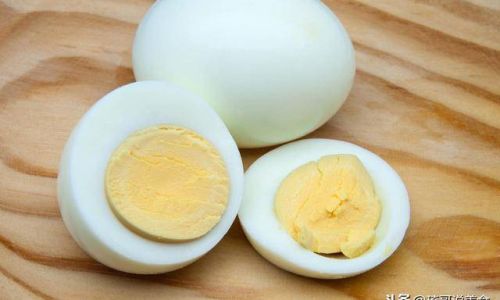
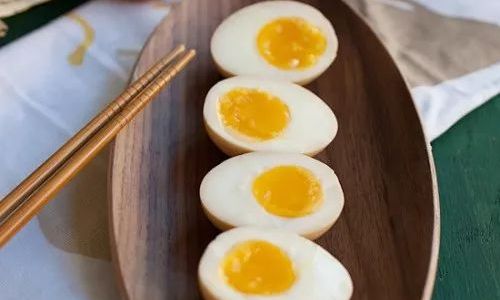


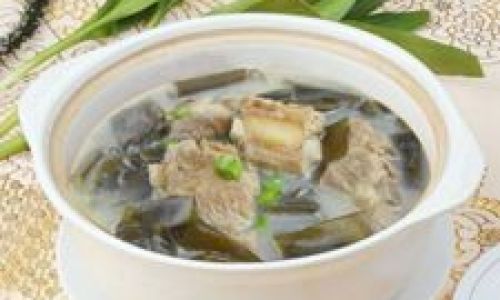
0 comments